The world doesn’t sleep—it shifts. When the sun rises, one cast of creatures takes the stage. When it sets, another group emerges from the shadows. And neither side plays by the same rules.
Owls stalk silently under moonlight while hawks dive in full daylight. Bats navigate with sound; eagles trust their eyes. Some eyes glow.
Others squint in the dark. It’s a 24-hour relay race of survival, strategy, and raw instinct.
This wild face-off between night dwellers and sun chasers reveals how different creatures dominate their hours.
From the quiet rulers of the dark to the bold performers of the day, each has mastered its time—and they’re not giving it up easily.
Raccoon

Often spotted rummaging through trash or exploring attics, raccoons possess an undeniable charm. With their dexterous paws and curious nature, these nocturnal mammals are well-suited for night-time adventures.
The iconic black mask adds a sense of mystery to their appearance. Raccoons are known for their intelligence, often solving complex puzzles in search of food.
Interestingly, their adaptability allows them to thrive in urban settings as well as in the wild. Despite their reputation as pesky critters, raccoons play a vital role in maintaining ecological balance by controlling insect and small animal populations.
Owl
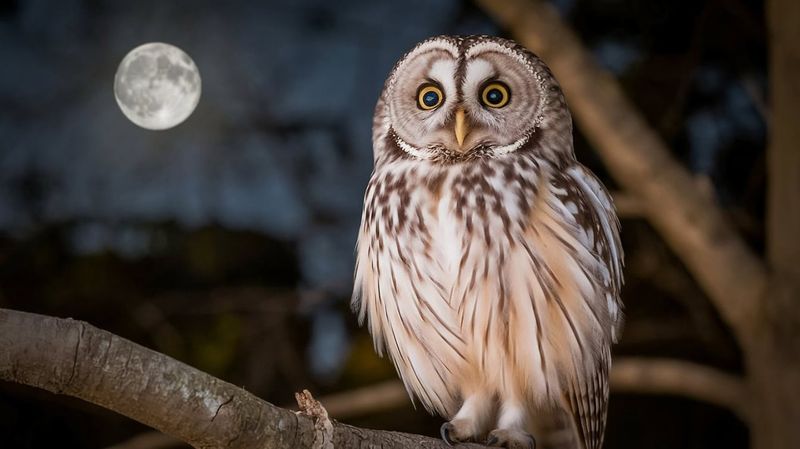
With eyes that seem to penetrate the darkest night, owls are the quintessential nocturnal predators.
These birds of prey are celebrated for their silent flight and acute hearing, allowing them to hunt with remarkable precision. Their eerie calls echo through forests, marking their presence.
Owls have fascinated humans for centuries, often associated with wisdom and mystery. Their diverse species range from the small elf owl to the formidable great horned owl, each adapted to its unique habitat. Their ability to rotate their head almost entirely adds to their mystique.
Bat

Bats, the only mammals capable of true flight, captivate with their agile maneuvers in the night sky. Using echolocation, they navigate and hunt insects with stunning accuracy. Commonly misunderstood, bats play crucial roles in pollination and seed dispersal.
Their diverse diet and habitats contribute to their ecological significance. The image of a bat silhouetted against the moon is iconic, symbolizing night and mystery. Despite myths portraying them as sinister, bats are invaluable to ecosystems, controlling insect populations and contributing to biodiversity.
Hedgehog
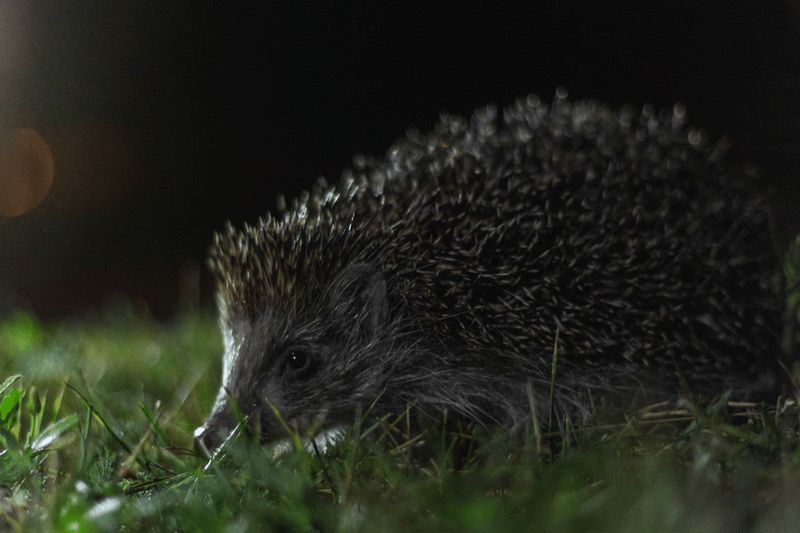
Hedgehogs, with their spiky armor, are gentle foragers of the night. Primarily insectivores, they roam gardens and woodlands in search of worms and bugs. Their small size and nocturnal habits make them elusive yet endearing creatures.
Beyond their adorable appearance, hedgehogs are known for their self-defense mechanism, rolling into a ball when threatened.
Despite urbanization, they adapt well to human environments, offering natural pest control. These solitary animals have captured the hearts of many, often symbolizing resilience and protection.
Fox
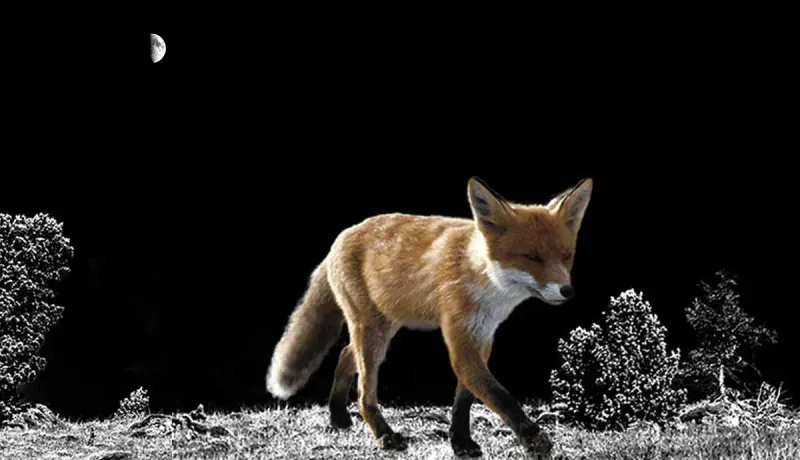
Foxes, particularly the red fox, are known for their cunning and adaptability. These nocturnal hunters prowl silently, their keen senses guiding them to prey. Their vibrant fur and bushy tails make them iconic figures in folklore and nature.
Beyond hunting, foxes display playful behaviors, often seen pouncing in the snow or engaging in games. Their ability to thrive in various environments, from rural to urban, showcases their resilience.
Foxes also participate in controlling small mammal populations, contributing to ecological balance.
Badger
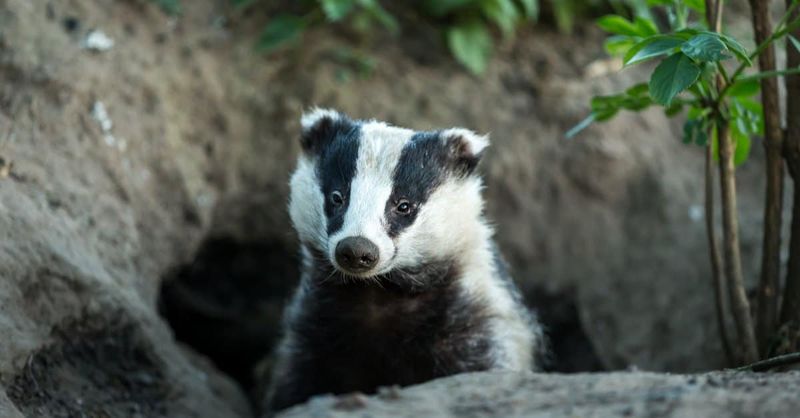
Sturdy and tenacious, badgers are fascinating creatures of the night. Known for their burrowing skills, they construct extensive underground homes called setts. Their black and white stripes make them easily recognizable.
Primarily nocturnal, badgers forage for food under the cover of darkness, relying on their strong sense of smell. These social animals often live in groups, sharing their setts with family members.
Badgers play a crucial role in ecosystems by controlling insect populations and aerating the soil with their digging activities.
Aye-Aye
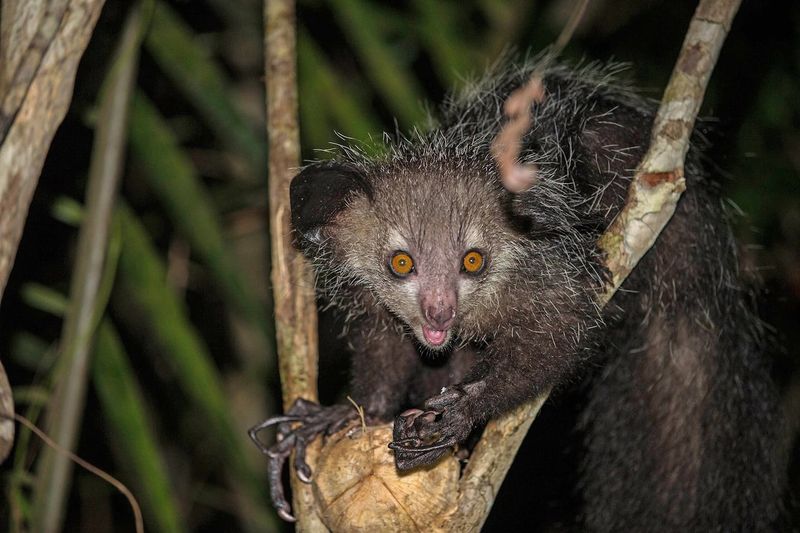
Among the most unusual nocturnal animals, the aye-aye stands out with its elongated middle finger and prominent eyes. Native to Madagascar, this primate uses its unique digit to tap on wood, listening for insect larvae.
The aye-aye’s distinctive features have sparked curiosity and superstition, often misunderstood in its native land.
Despite its odd appearance, the aye-aye is a vital component of its ecosystem, aiding in pest control. Conservation efforts are crucial for its survival, as habitat loss threatens its existence.
Leopard
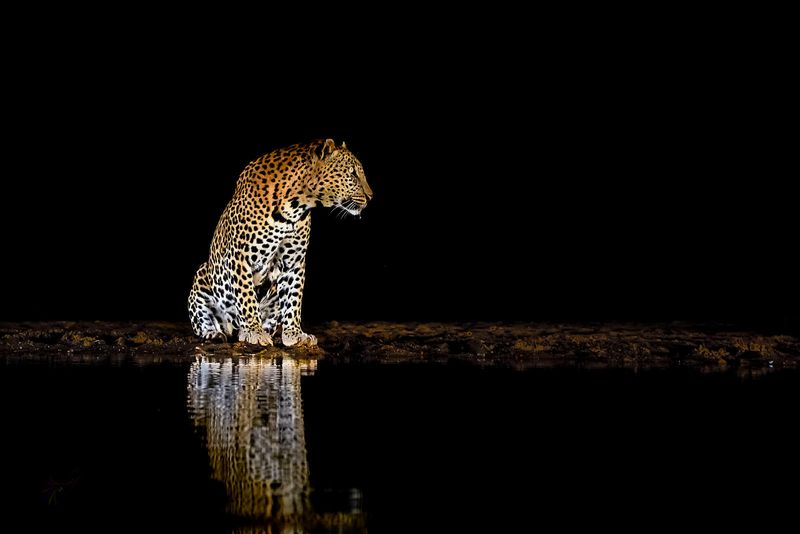
Elusive and graceful, leopards are masters of the night. Their solitary nature and adaptability make them formidable predators. With powerful limbs and keen eyesight, they silently stalk their prey under the cloak of darkness.
Leopards are known for their ability to drag heavy kills into trees, preventing scavengers from snatching their meals. Their distinctive spotted coats provide camouflage, blending seamlessly with their surroundings.
These majestic cats inhabit diverse environments, from savannas to forests, showcasing their incredible adaptability.
Sugar Glider
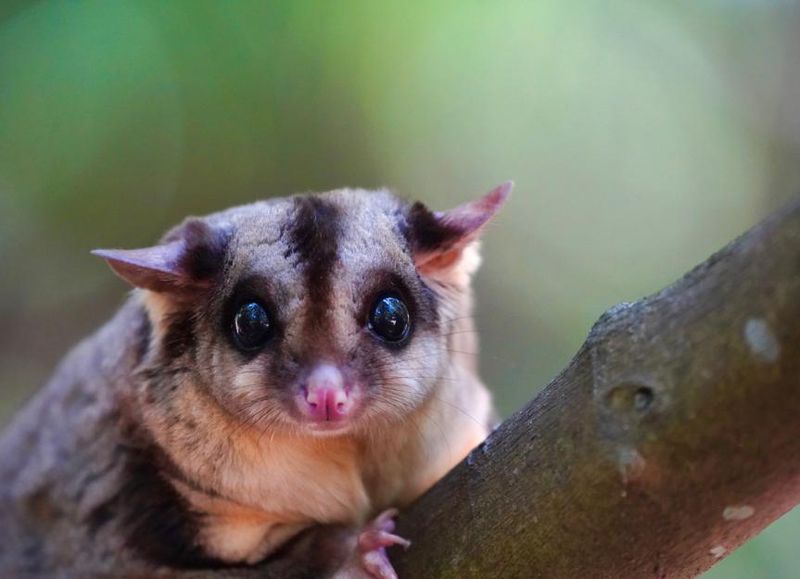
Sugar gliders, small marsupials with a penchant for night-time acrobatics, enchant with their gliding ability. Using a membrane called the patagium, they effortlessly leap between trees, covering impressive distances.
Native to Australia and parts of Indonesia, these social creatures communicate with various vocalizations. Their nocturnal lifestyle is supported by a diet rich in nectar and insects.
Sugar gliders are popular pets, though they require specific care to mimic their natural environment. Their playful antics and unique physiology make them fascinating study subjects.
Mouse Lemur
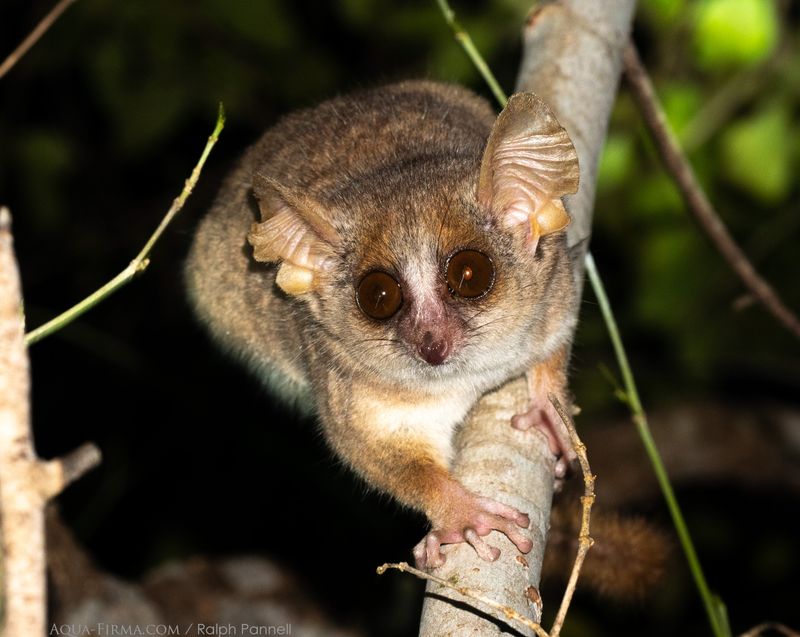
Tiny yet captivating, mouse lemurs are the smallest primates, enchanting observers with their agility. Found in Madagascar, they possess large eyes that aid in night vision, essential for their nocturnal foraging habits.
These primates play significant roles in seed dispersal and insect control. Despite their size, mouse lemurs exhibit complex social behaviors, often seen grooming or playing with group members.
Conservation efforts are vital for their survival, as habitat destruction poses a significant threat.
Eagle
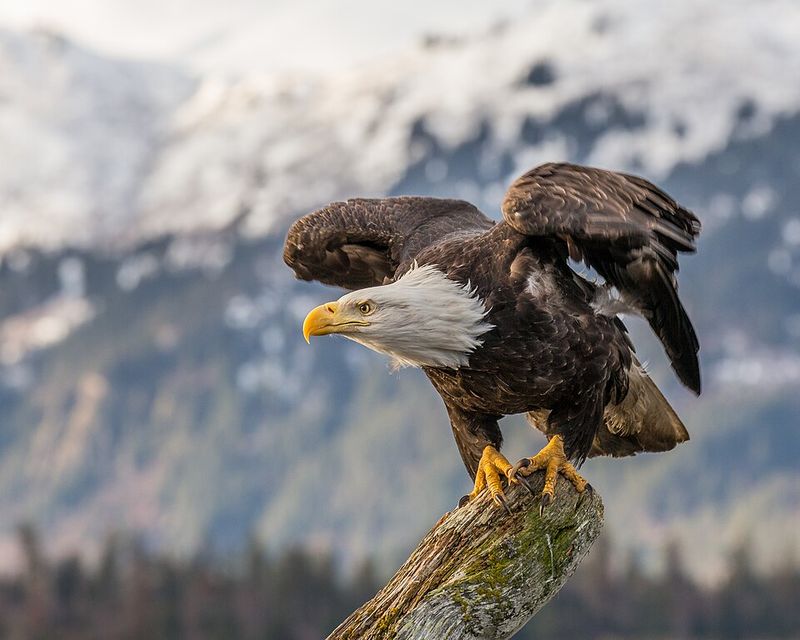
With a reputation for strength and precision, the eagle commands the skies during daylight hours. Their sharp vision allows them to spot prey from great distances, making them formidable hunters.
Eagles build large nests and often mate for life, displaying loyalty and dedication. Their powerful wings enable them to soar effortlessly, symbolizing freedom and power. Found across various continents, eagles adapt to diverse environments, from mountains to coastal areas.
They play crucial roles in their ecosystems, controlling prey populations and maintaining ecological balance.
Peacock
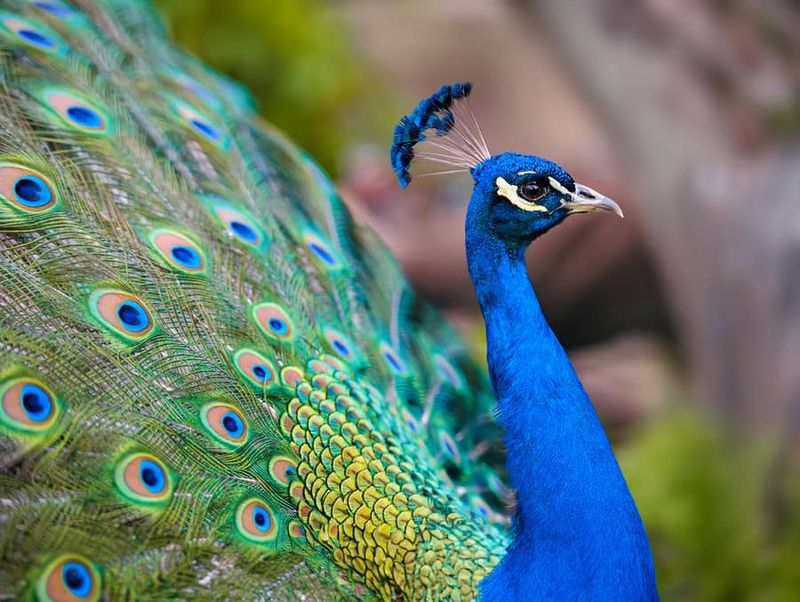
Renowned for their dazzling tail feathers, peacocks are one of nature’s most colorful spectacles. These birds use their plumage for courtship displays, showcasing vibrant hues under the daylight sun.
Their calls resonate through forests and gardens, adding an auditory element to their visual splendor. Native to South Asia, peacocks symbolize beauty and grace in various cultures.
They thrive in open areas where they can display their extravagant tails, attracting mates and deterring predators with their impressive size and colors.
Cheetah

Speeding through the African savannah, the cheetah embodies the spirit of daylight hunting. Known as the fastest land animal, cheetahs rely on their speed and keen eyesight to chase down prey. Their slender bodies and long legs are built for acceleration, allowing them to reach speeds up to 75 mph.
Cheetahs are solitary hunters, often found in open plains where their speed can be maximized. Unlike other big cats, they hunt during the day, using the sun’s position to mask their approach. This daylight activity reduces competition with other predators like lions and hyenas.
A fascinating fact: cheetahs have specialized adaptations such as semi-retractable claws and a tail that acts as a rudder, providing stability during high-speed chases. These features set them apart in the animal kingdom.
Bee
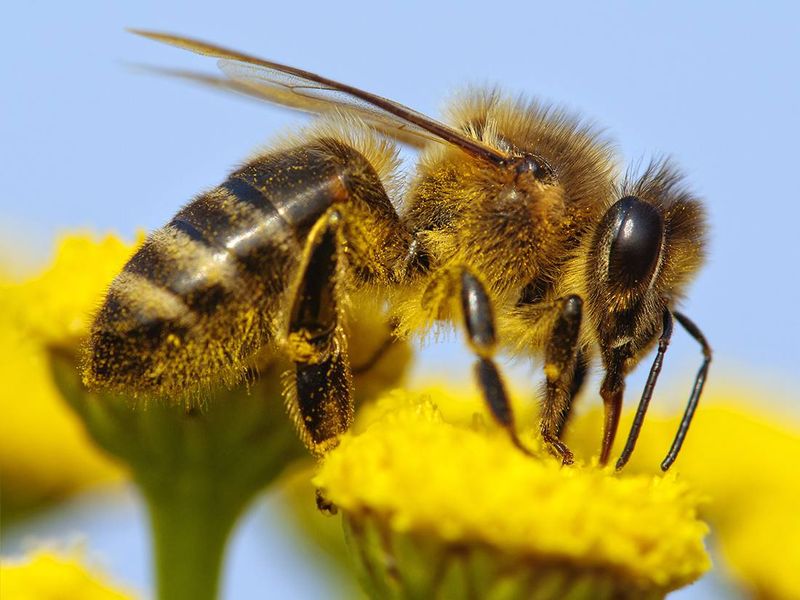
Bees, industrious and essential, are daylight creatures that play a pivotal role in pollination. Their buzzing flight from flower to flower facilitates the growth of fruits and vegetables, sustaining ecosystems.
Beyond their ecological contributions, bees produce honey, a treasured natural sweetener. Their social structure within hives is both complex and fascinating, with workers, drones, and queens fulfilling distinct roles.
Bees symbolize diligence and productivity, vital to both nature and agriculture.
Kangaroo
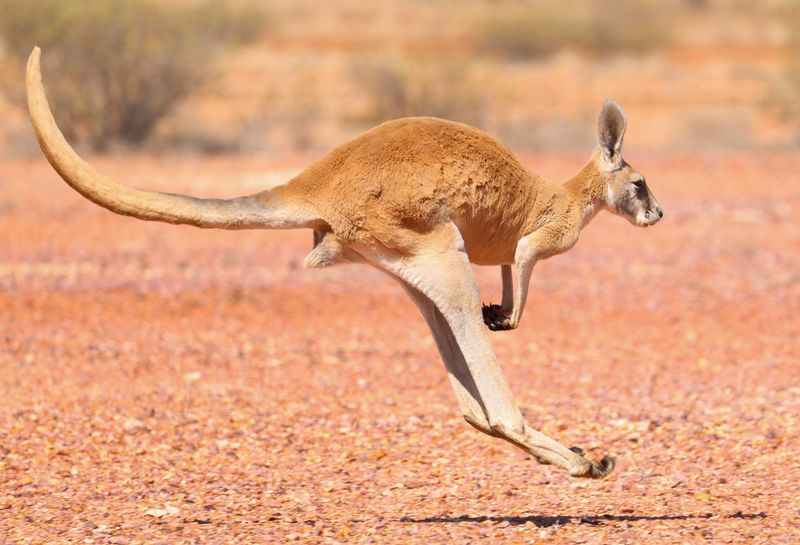
Bounding through the Australian outback, the kangaroo is the epitome of daylight energy. With powerful hind legs, this iconic marsupial can cover vast distances in search of food. Their agility and speed are unmatched, allowing them to evade predators with ease.
Kangaroos are social creatures, often seen in groups called mobs. These gatherings provide protection and companionship, essential for survival in the wild. The daylight hours are their domain, where they graze on grasses and communicate with each other through vocalizations and body language.
Did you know? The kangaroo’s forward-opening pouch is perfectly designed for carrying its young, known as joeys, ensuring they are safe and nurtured as they grow. This unique feature highlights their incredible adaptation to life in the open plains.
Horse

Horses, symbols of grace and power, thrive in daylight, showcasing their strength and speed. These majestic animals have been companions to humans for centuries, aiding in transportation and agriculture.
Their social nature and intelligence make them beloved companions in equestrian pursuits. Horses communicate through a range of vocalizations and body language, forming strong bonds with their handlers. Their presence in literature and art reflects their significance across cultures.
Giraffe
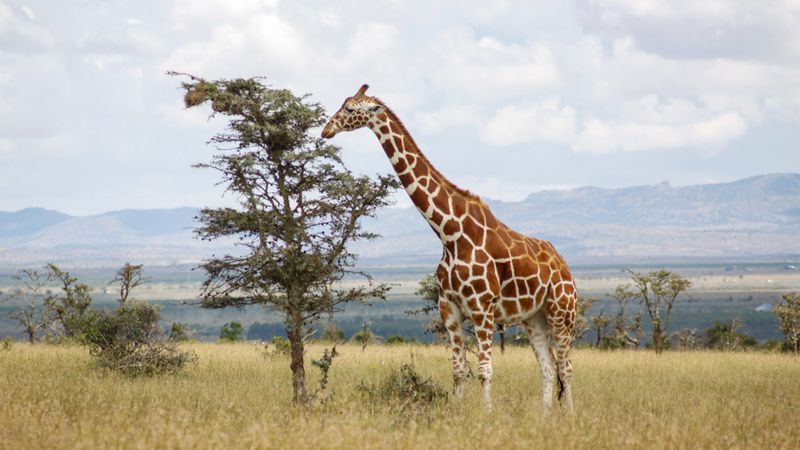
With their towering necks and gentle demeanor, giraffes are iconic daylight creatures. Found in African savannas, they gracefully browse on treetops, using their long tongues to reach foliage.
Giraffes’ unique physiology, from their height to their patterned coats, make them subjects of fascination. Their social structures are fluid, with groups forming and breaking as they roam.
These gentle giants contribute to their habitats by pruning trees and dispersing seeds, maintaining ecological balance.
Elephant
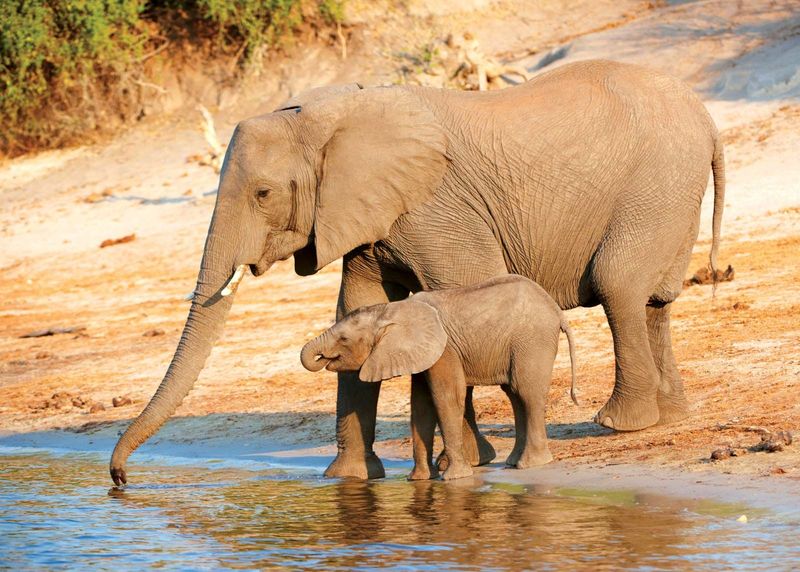
Majestic and intelligent, elephants are giants of the daylight hours. Their complex social structures and emotional bonds captivate and inspire awe.
Elephants communicate through vocalizations and infrasound, displaying empathy and cooperation. These herbivores play crucial roles in their ecosystems, shaping landscapes by uprooting trees and creating water holes.
Their ivory tusks, unfortunately, make them targets for poaching. Conservation efforts are vital to their survival, ensuring future generations witness these magnificent creatures.
Zebra

With their striking black and white stripes, zebras are quintessential creatures of the African plains. These social animals form herds, relying on collective vigilance for protection.
Their stripes serve as camouflage, confusing predators and deterring flies. Zebras are known for their endurance, often migrating long distances in search of water and food.
Their role in ecosystems includes grazing, which helps maintain grassland health. The zebra’s unique patterns have inspired cultural symbolism, representing balance and individuality.
Meerkat
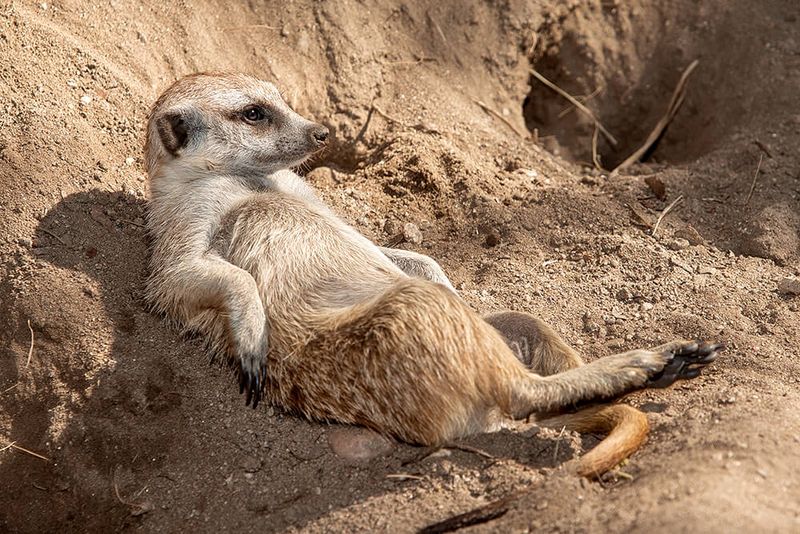
Meerkats, with their watchful eyes and cooperative nature, exemplify daylight vigilance. These small mammals live in social groups, known for their complex communication and teamwork.
Standing on hind legs, meerkats survey their arid habitats for predators, taking turns as sentinels. Their burrows provide shelter from the harsh sun and predators. Meerkats contribute to their ecosystems by preying on insects and small animals.
Their social dynamics and playful behavior have made them popular in documentaries, highlighting their intelligence and adaptability.

